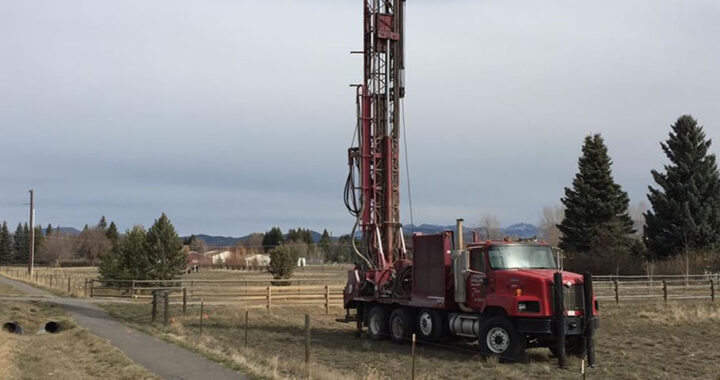The process of buying vacant land can be both exciting and daunting. While the prospect of owning a piece of land that you can develop according to your vision is alluring, the complexities and uncertainties that come with purchasing vacant land can be overwhelming. In this guide, we will explore the tips and strategies that can help you make an informed decision when buying vacant land.
Determine Your Objectives
The first step in purchasing vacant land is to determine your objectives. What do you intend to do with the land? Will it be used for residential, commercial, or agricultural purposes? Answering these questions will help you to determine the size, location, and type of land that is suitable for your needs. It is also important to consider your budget, as the price of vacant land varies depending on its location and intended use.
Conduct a Thorough Research
Before buying any piece of land, it is essential to conduct thorough research. You should research the property’s history, including its ownership and any encumbrances such as easements and restrictions. You should also investigate the surrounding area to determine its development potential, including any plans for future infrastructure or commercial developments.
Check Zoning Regulations
Zoning regulations dictate what can and cannot be done on a piece of land. Before purchasing vacant land, it is important to check the zoning regulations in the area to ensure that the land can be used for your intended purposes. You should also check any building codes and permits that may be required before beginning construction.
Inspect the Land
Inspecting the land is another crucial step in the buying process. You should conduct a physical inspection of the land to determine its suitability for your intended use. This inspection should include an evaluation of the soil quality, drainage, and any potential environmental hazards. You should also inspect the topography of the land to determine whether it is suitable for construction.
Consider Financing Options
Financing options for vacant land are different from those available for residential or commercial properties. Traditional lenders may be hesitant to finance vacant land, as it is considered a riskier investment. However, there are other financing options available, including owner financing, land loans, and construction loans.
Hire a Professional
Buying vacant land can be a complicated process, and it is essential to seek the guidance of a professional. A real estate agent or attorney with experience in buying and selling vacant land can provide invaluable advice and assistance throughout the buying process.
Negotiate the Purchase Price
Once you have found a piece of land that meets your objectives, it is time to negotiate the purchase price. Be prepared to make a reasonable offer based on your research and evaluation of the land. If you are working with a real estate agent, they can provide guidance on the negotiation process.
Close the Deal
Once you have negotiated the purchase price, it is time to close the deal. The closing process involves transferring ownership of the land from the seller to the buyer. It is essential to have all the necessary legal documents in place, including the purchase agreement and deed.
Develop the Land
After purchasing vacant land, you may choose to develop it according to your vision. This process may involve obtaining building permits, zoning changes, and conducting environmental impact studies. It is essential to consult with professionals such as architects, engineers, and contractors to ensure that the development process proceeds smoothly.
Monitor Your Investment
Finally, it is essential to monitor your investment after purchasing vacant land. Keep an eye on the surrounding area for any changes or developments that may impact the value of your land. You should also consider the tax implications of owning vacant land and ensure that you are complying with all relevant tax laws.
In conclusion, purchasing vacant land can be a rewarding investment, but it requires careful planning and execution.







